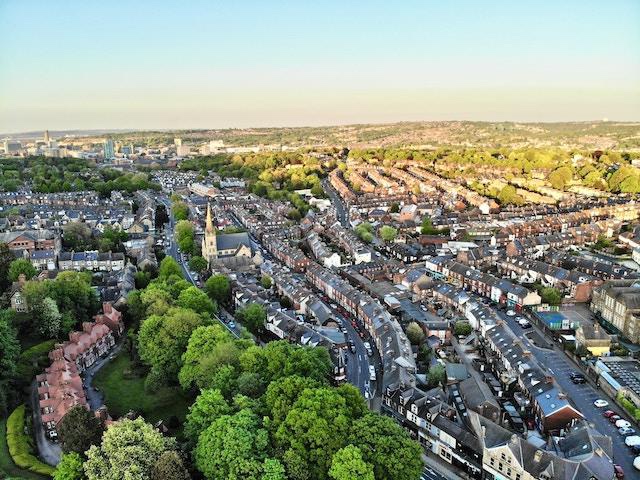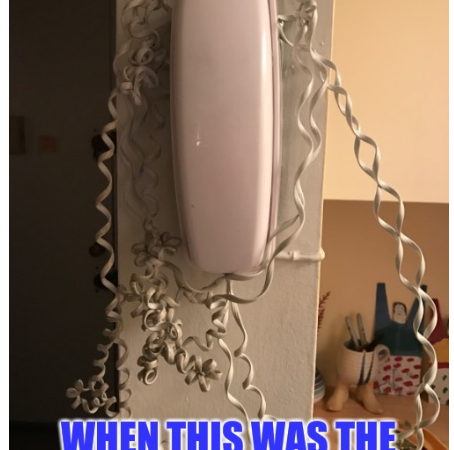Reality Check: How did 2022 compare to expectations for the year?

As we headed into 2022, UK rental guarantor service Housing Hand observed that the days of delivering just bricks and mortar accommodation were numbered. The firm pointed to the trend for more experiential living as one of the key elements that would define the rental market in 2022. So, has reality shaped up as projected?
“2022 has certainly seen a major push towards co-living and all of its associated benefits. Renters’ eyes have been opened to the convenience of single monthly rent/bills payments, speedy onboarding, on-site gyms and social spaces and more. Quality and convenience go hand-in-hand when it comes to co-living, so we fully expect it to continue growing in popularity during 2023 as well, though perhaps at a more moderate pace.”
James Maguire, Head of Sales and Business Development, Housing Hand
The latest BPF figures reflect the continued growth of demand for Build to Rent homes during 2022. There were 76,829 completed Build to Rent homes in the UK as at Q3 2022. That’s an increase of more than 3,000 completed homes since Q3 2021. While that marks a slowing down in the rate of completions, there remains a pipeline of 17,450 Build to Rent homes under construction in London and 32,400 in regional cities around the UK.
Housing Hand also projected that there would be an increased emphasis on the speed of the tenant moving in journey during 2022. The company’s own pre-validation process has certainly reflected this, going from 48 hours to 48 seconds over the course of the year, thanks to an innovative new partnership with Canopy.
“We are delighted to be supporting renters to access properties faster, particularly given the dwindling number of landlords in the private rented sector and the increased competition that tenants are facing as a result.”
Graham Hayward, Chief Operating Officer, Housing Hand
In terms of the year ahead, Housing Hand believes that the government needs to do more to support the rental sector, given its essential role as a core component in the UK’s housing mix. With rents rising by 12.1% during the year to December 2022, according to Hometrack, and with a further 4-5% rental inflation forecast for 2023, renters are battling an increasing lack of affordability. Tied to that is the fact that landlords are facing an increasingly unprofitable and unsustainable situation, in the face of coming EPC requirements.






